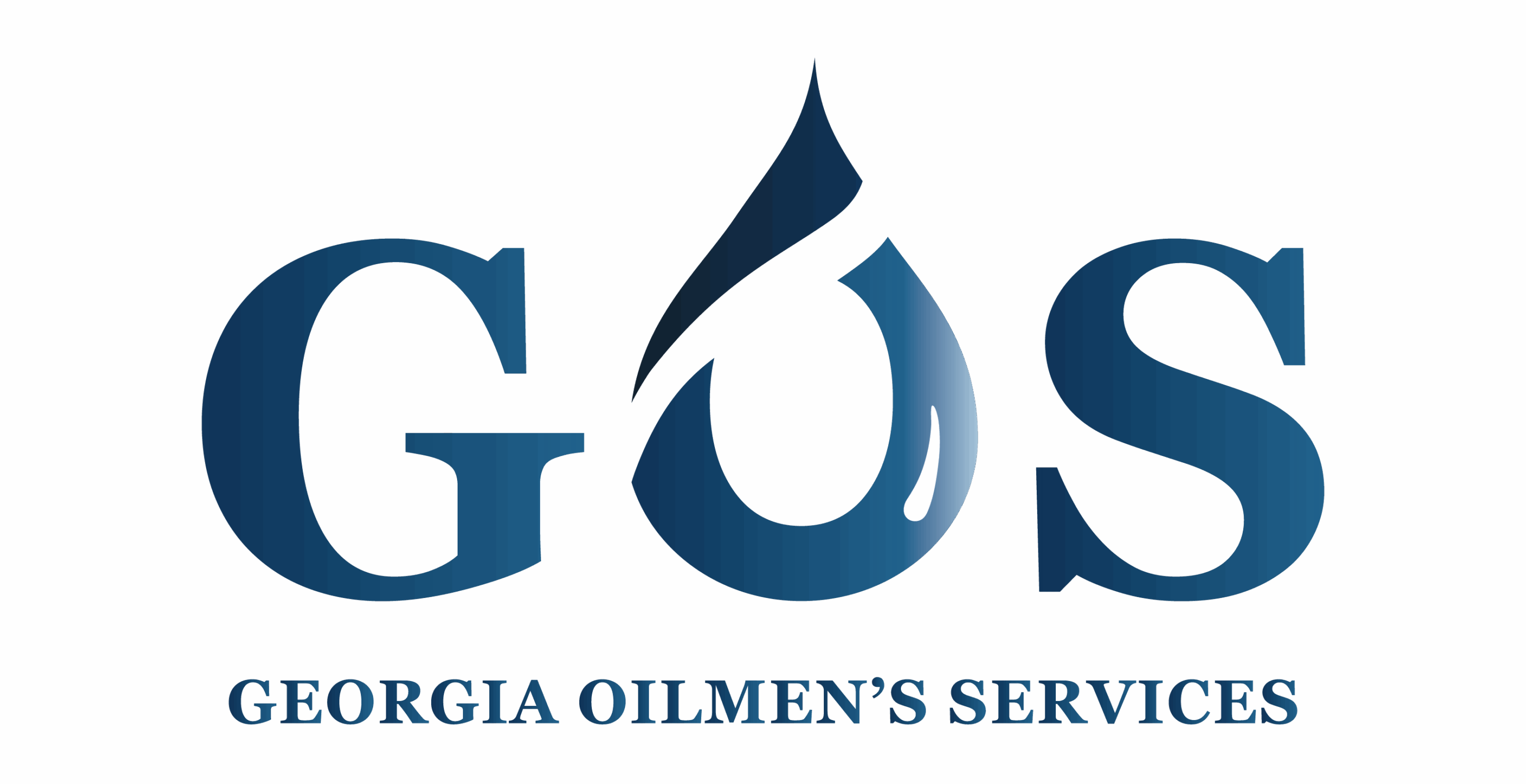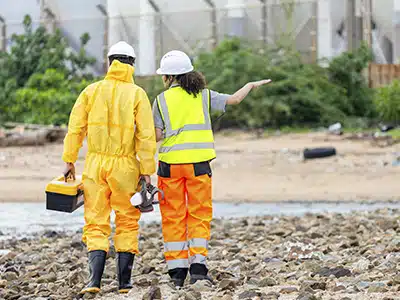Corrective Action Plans / Remedial Action Plans
Corrective Action Plans (CAPs) contain the recommended steps for companies who have a confirmed contaminant discharge on their property. Included in the CAP is a detailed proposal outlining what technologies should be used and the estimated timeline for bringing a property into compliance.
By creating a CAP, GOS safely identifies the source of contamination and works to mitigate it so that further contamination does not occur.
The first step of the process when a confirmed release has occurred is to conduct a contamination site assessment, also known as a CAP – Part A in Georgia, which includes the installation of groundwater monitoring wells to determine the presence of contamination in soil or groundwater.
- During installation of these wells, soil and groundwater samples are collected and assayed for the presence of petroleum constituents. A survey of potential receptors, including drinking wells, streams, and lakes, is conducted.
- An estimate of the direction of groundwater flow is calculated to determine whether contamination is likely to impact any of the potential receptors.
- If free product is detected during field activities, a program for recovery is immediately implemented with approval from the owner of the site. Initiating immediate free product recovery reduces the contaminant migration potential and can significantly reduce the final cost of the project.
Additional information may include:
- Property description and site location map
- History of the site
- Description of the current contamination
- Recommended mitigation
A remedial action plan (RAP), also known as a CAP – Part B in Georgia, is often advised and/or required if contamination levels exceed applicable action levels. It is intended to be the final stage of contamination assessment. A RAP/CAP – Part B will detail the environmental impacts that are expected on a property. It may include computer-generated groundwater contaminant fate, transport modeling, monitoring of the site or active remediation strategies for the contaminant plume. GOS strongly utilizes computer modeling to determine whether the contamination is projected to impact any nearby receptor(s).
Should groundwater modeling predict that no impact to potential receptors will occur, no remediation may be warranted, and only groundwater monitoring may be required. At the end of the monitoring program, and assuming contaminant concentrations do not increase, a No Further Action Required Status may be requested.
Contact Us
Don’t miss our FAQs on the CAP process. For more information on our CAPs, please contact us.


